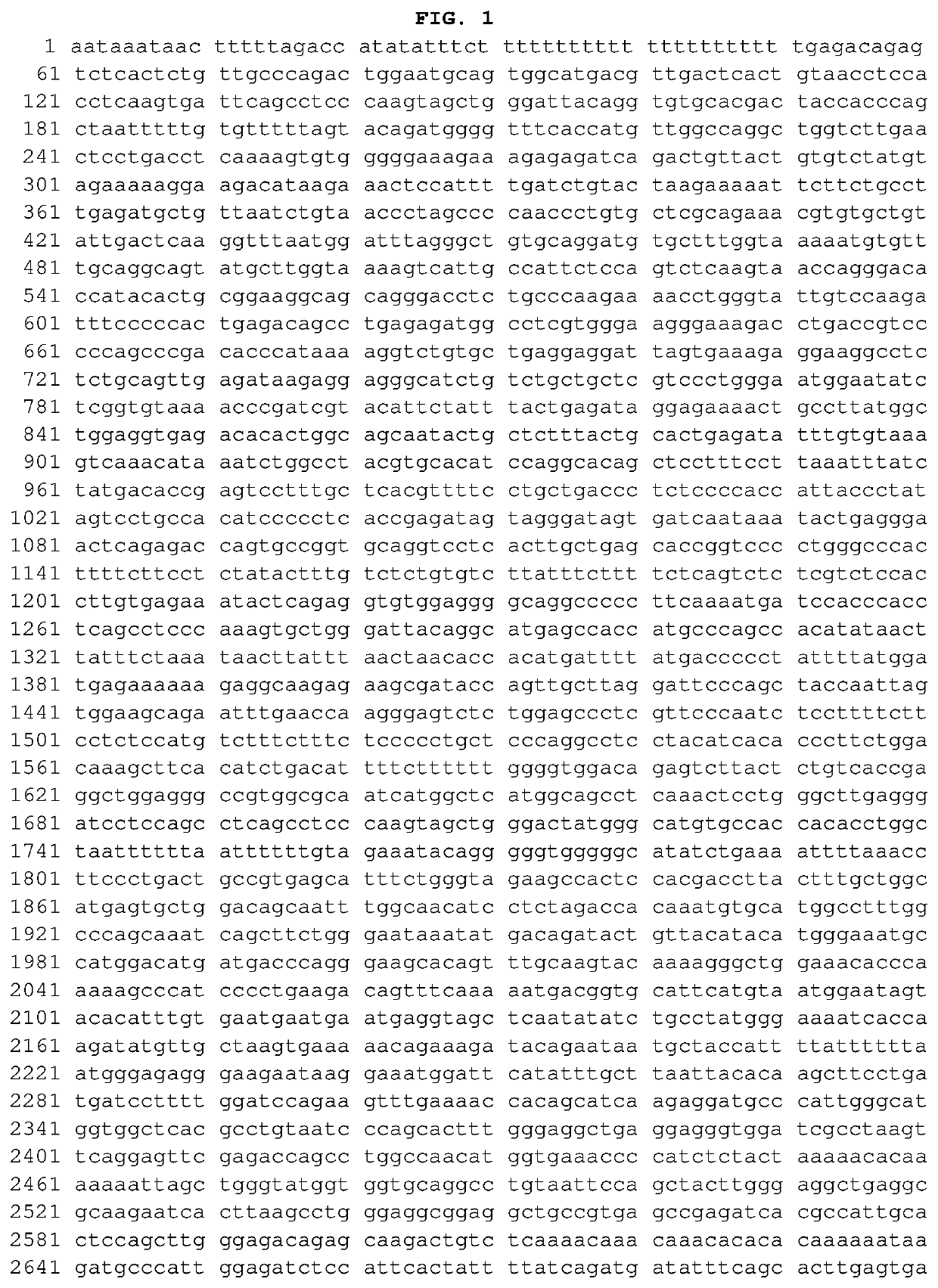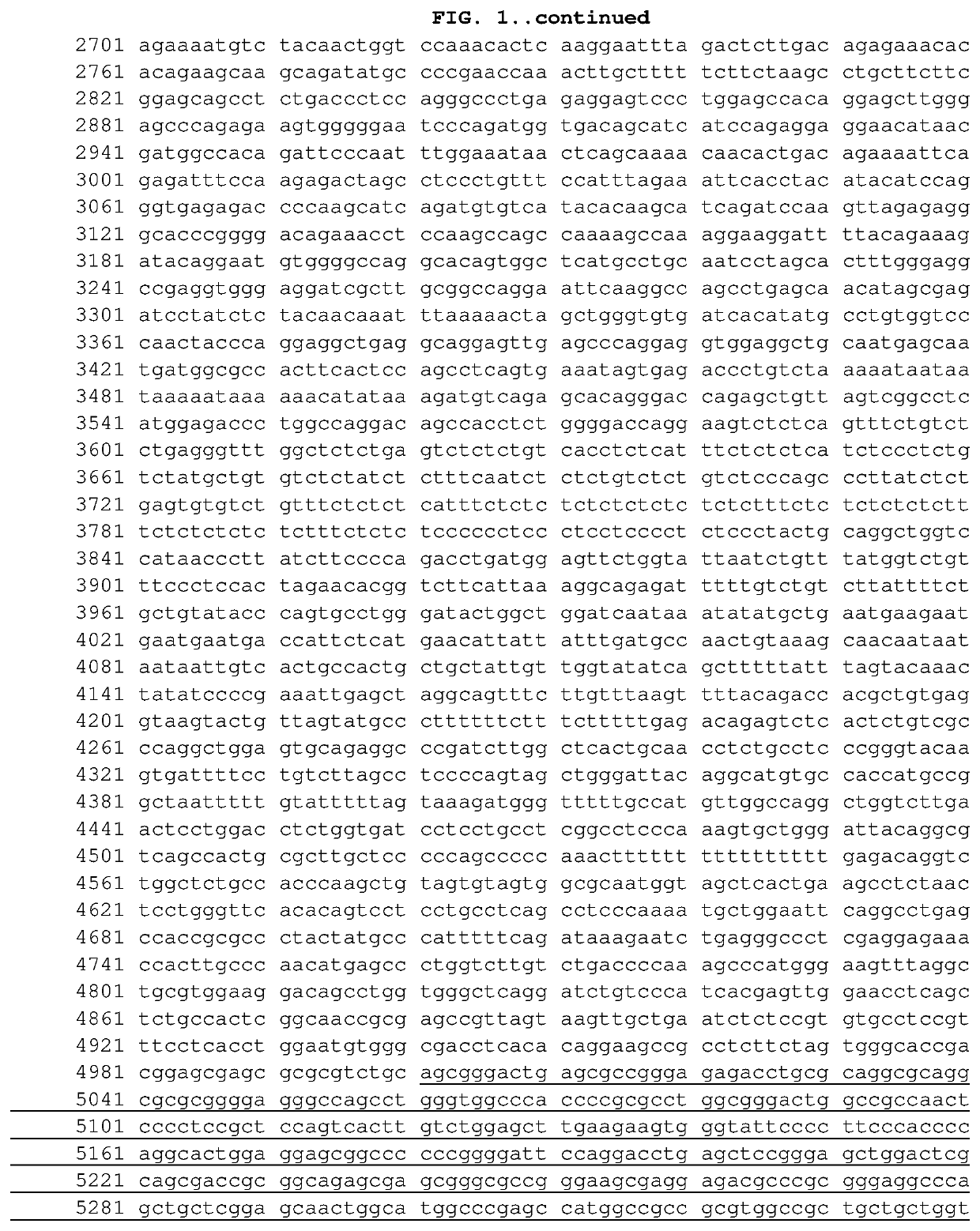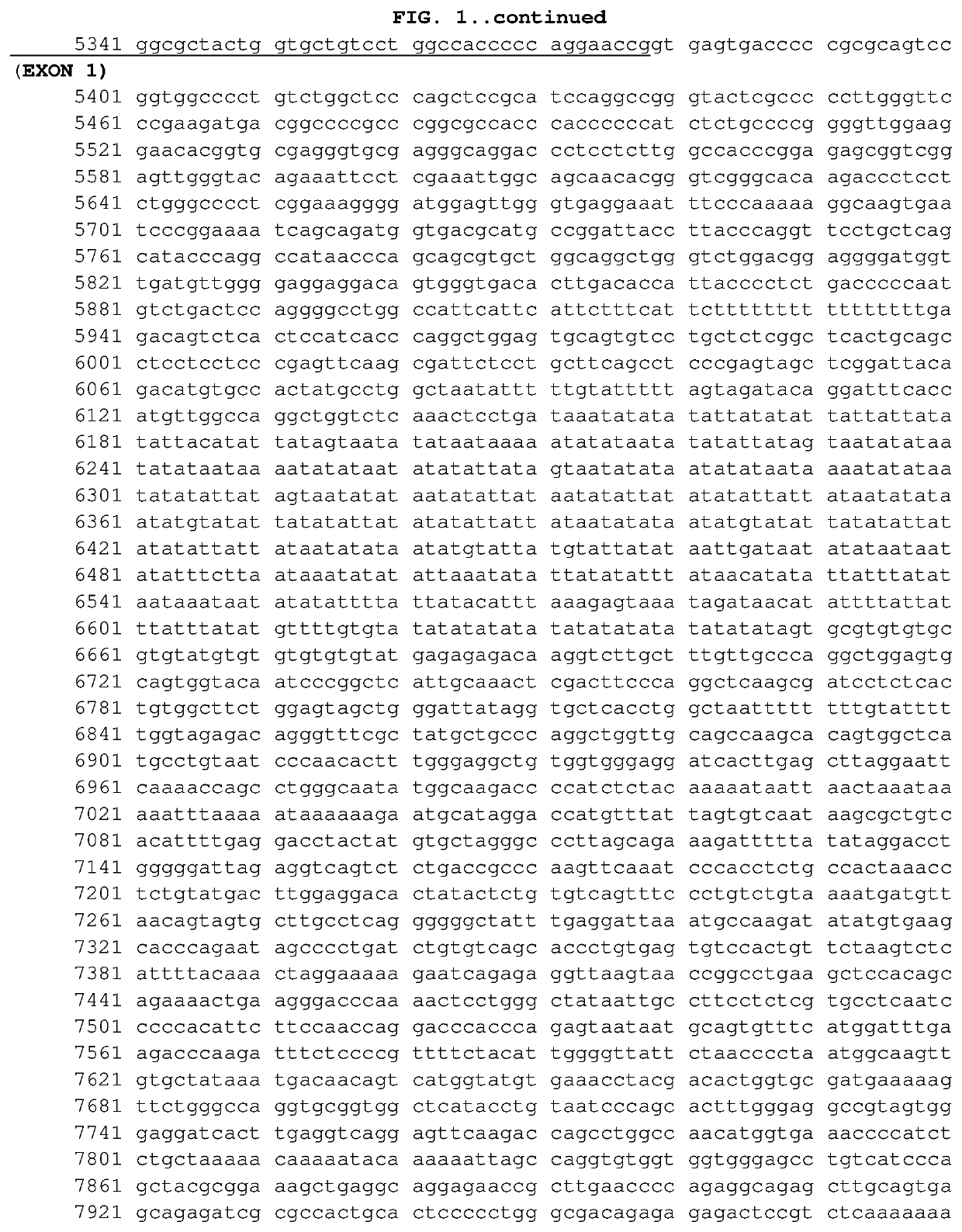Poliovirus receptor (pvr/cd155) knockout cells derived from rd (human rhabdomyosarcoma) cell line by crispr
a poliovirus and receptor technology, applied in the field of genetic engineering and genome editing, can solve the problems of non-curable paralysis and high cost for laboratories
- Summary
- Abstract
- Description
- Claims
- Application Information
AI Technical Summary
Benefits of technology
Problems solved by technology
Method used
Image
Examples
example 1
ure
[0068]Rhabdomyosarcoma cell line (RD) was attained from CDC. RD and Rhabdomyosarcoma knockout (RD-KO)-CD155 cell lines were maintained in Dulbecco' s modified Eagle's Medium (DMEM) supplemented with 10% fetal bovine serum, 3%Glutamine, 1M HEPES, 7.5% sodium bicarbonate, penicillin, and streptomycin. Incubated at 37° C. humidified incubator with 5% CO2.
example 2
d Cloning of Single Guide RNA (sgRNA)
[0069]The study targeted three exon regions of CD155. Accordingly, five sgRNAs were designed—two sgRNAs for Exon2, two sgRNAs for Exon3 and, one sgRNA for Exon4 of CD155 gene (NG_008781.2). In order to relegate the off-target effects and to extend the specificity, sgRNA sequences with high scores for on-target activity were selected. The reverse complement (rc) of each guide sequence were determined. Addition of “CACC” before the 20-mer guide sequence and “AAAC” before the guide's reverse complement for cloning into the pX330 vector was done (Addgene, Plasmid 48138, Middlesex, UK). The five sgRNA obtained were cloned and expressed in pX330 vector. The confirmation of integrated sgRNA clones was done by sequencing, using U6 promoter forward primer: CGTAACTTGAAAGTATTTCGATTTCTTGGC. The selected clones were used for CRISPR / Cas9 experiments.
example 3
ion of RD Cells
[0070]RD cells were seeded into 6-well plate with cell density of 6×105 cells per well. All the five sgRNA clones were pooled together at concentration of 900 ng. The transfection was carried out after 24 h of incubation i.e 70-80% confluent cells as per Lipofectamine CRISPRMAX Reagent Cas9 Nuclease Transfection Protocol (Thermo Scientific). After 72 h incubation at 37° C., 5% CO2; single cell suspension was prepared in a growth medium containing puromycin (2 μg / ml). 96 well plates were seeded with cell suspension, after 3 weeks selection of monoclonal colonies was done.
PUM
| Property | Measurement | Unit |
|---|---|---|
| Strain point | aaaaa | aaaaa |
| Refractory | aaaaa | aaaaa |
Abstract
Description
Claims
Application Information
 Login to View More
Login to View More - R&D
- Intellectual Property
- Life Sciences
- Materials
- Tech Scout
- Unparalleled Data Quality
- Higher Quality Content
- 60% Fewer Hallucinations
Browse by: Latest US Patents, China's latest patents, Technical Efficacy Thesaurus, Application Domain, Technology Topic, Popular Technical Reports.
© 2025 PatSnap. All rights reserved.Legal|Privacy policy|Modern Slavery Act Transparency Statement|Sitemap|About US| Contact US: help@patsnap.com



